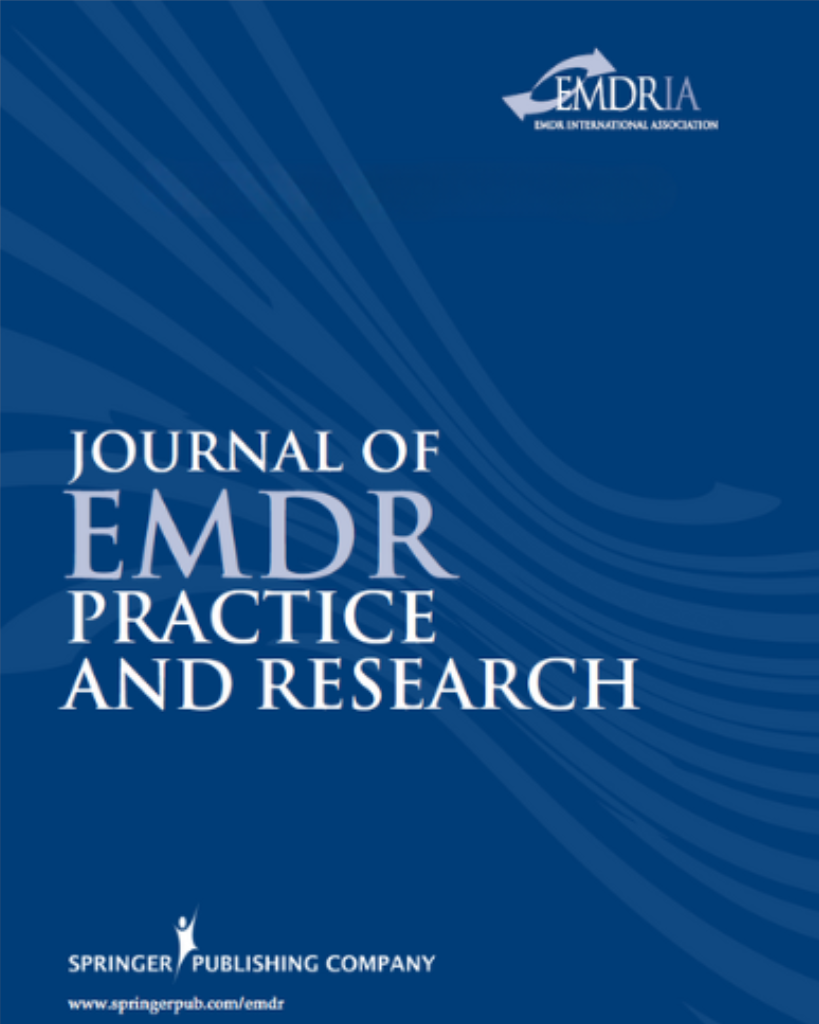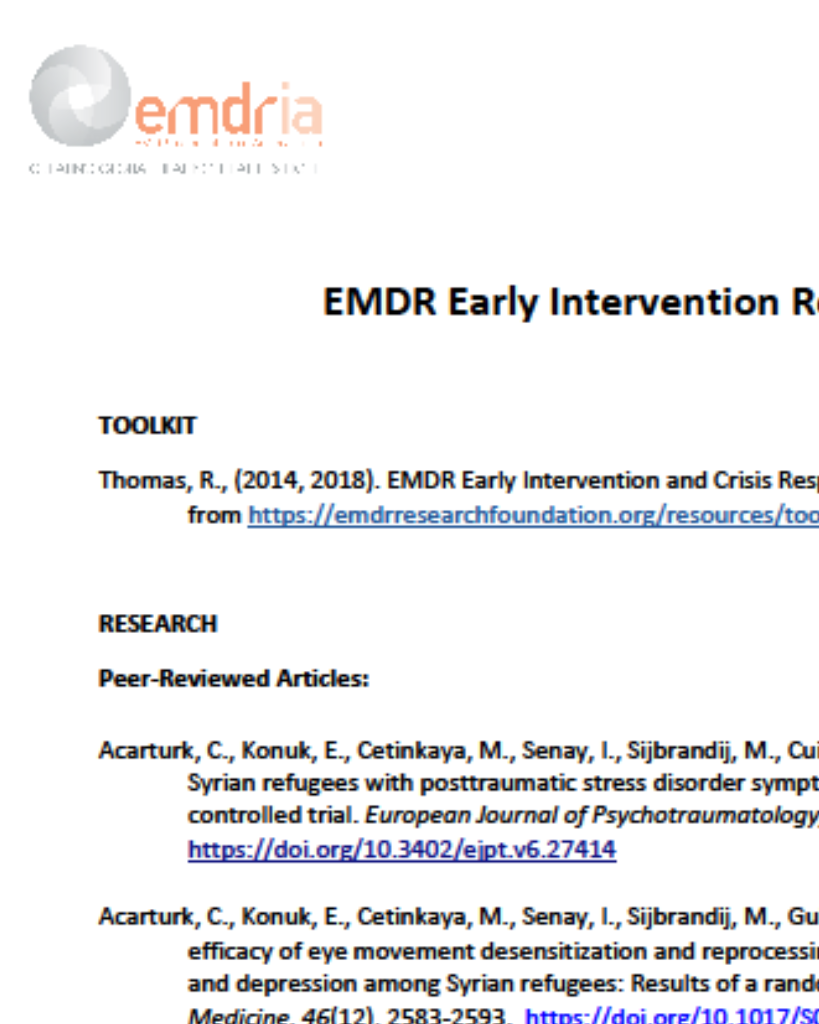Fifteen to Twenty Seconds of Eye Movements Have No Effect on Believability of Positive Personal Verbal Statements: Results From a Working Memory Study
Undergraduates performed eye movements while focusing on positive verbal statements of a relevant personality trait (e.g., “I’m persistent”).
Article Abstract
“According to working memory theory, a task that taxes working memory during simultaneous focus on a memory will tend to reduce memory vividness and emotional intensity. Results have been found for both negative and positive memories. Some studies have shown the necessity of modality-specific tasks, with visual tasks producing greater deterioration of a visual memory, and auditory tasks reducing the quality of an auditory or verbal memory; other studies have reported cross-modality effects. Research has confirmed that eye movements similar to those in eye movement desensitization and reprocessing (EMDR) therapy produce these effects on visual imagery. However, the effects of eye movements on positive verbal imagery remain unclear. This study tested the effects of eye movements on positive verbal statements. In two experiments, undergraduates performed 15–20 seconds of eye movements or 15–20 seconds of keeping eyes stationary while focusing on a statement of a positive relevant personality trait (e.g., “I’m persistent”). Results showed that 15–20 seconds of eye movements did not enhance or diminish participant’s belief in possessing the trait. Discussion focuses on methodological factors and calls for future research on the effect of eye movements on verbal material.”
—Description from publisher
Article Access
Open Access
Matthijssen, S., & van den Hout, M. (2016). Fifteen to Twenty Seconds of Eye Movements Have No Effect on Believability of Positive Personal Verbal Statements: Results From a Working Memory Study. Journal of EMDR Practice and Research, 10(2), 82-90. https://doi.org/10.1891/1933-3196.10.2.82
About the Journal
The Journal of EMDR Practice and Research is a peer-reviewed publication devoted to integrative, state-of-the-art papers about Eye Movement Desensitization and Reprocessing. It is a broadly conceived interdisciplinary journal that stimulates and communicates research and theory about EMDR, and their application to clinical practice. The Journal of EMDR Practice and Research is the Official Publication of the EMDR International Association.
Date
June 1, 2016
Creator(s)
Suzy Matthijssen, Marcel van den Hout
Client Population
Students
Practice & Methods
BLS
Extent
9 pages
Publisher
Springer Publishing Company
Rights
Copyright © 2016 EMDR International Association
APA Citation
Matthijssen, S., & van den Hout, M. (2016). Fifteen to Twenty Seconds of Eye Movements Have No Effect on Believability of Positive Personal Verbal Statements: Results From a Working Memory Study. Journal of EMDR Practice and Research, 10(2), 82-90. https://doi.org/10.1891/1933-3196.10.2.82
Series
10
Installment
2
Audience
EMDR Therapists
Language
English
Content Type
Peer-Reviewed
Original Source
Journal of EMDR Practice and Research
Access Type
Open Access





